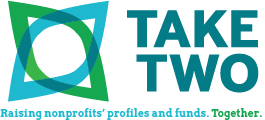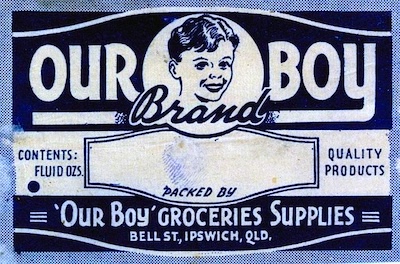
5 Ways To Gauge If Your Communications Cart Is Leading Your Nonprofit’s Horse
More often than you would think we come across nonprofits – small and large – that, without a strategic plan or theory of change or even a clear plan of action, pull off incredibly successful communications work, from campaigns to email newsletters to branding.
In a world where image seriously matters, talented communications’ personnel are able to tap into the passion and emotion that most nonprofits are built around, and even without a clear “blueprint”, communicate and motivate people around the organization’s mission.
 But should communications and marketing efforts leading the organization? Don’t get me wrong, communications and programs shouldn’t operate in a hierarchy, but a nonprofit’s everyday, programmatic work is the foundation on which any organization’s communications rests.
But should communications and marketing efforts leading the organization? Don’t get me wrong, communications and programs shouldn’t operate in a hierarchy, but a nonprofit’s everyday, programmatic work is the foundation on which any organization’s communications rests.
In short: the image and the reality have to match up. Here are ways to make sure they do.
-
Tell it like it is: Language is everything. Check your communications materials to see if you are over-promising (or under-selling). If your nonprofit provides temporary housing, make sure that you’re not claiming to end homelessness (even if that is the end goal). What counts is what exactly your organization is doing. Be clear. Be precise.
-
Use your programs as a guide: Many nonprofits refer to their mission statements as their touchstone for communicating about their work. Mission statements are great, they’re important, but they’re usually vague or broad. Your organization’s programs on the other hand, are quite specific. This specificity is what sets your organization apart, and it tells people what you actually do, rather than what you aim to do.
-
Synchronize messaging with your development staff: Here’s a news flash that won’t come as a surprise. Development staff, especially grant managers, often know more about the latest projects and initiatives that sometimes, even program staff haven’t quite figured out. That’s because they have to explain – in detail, with specifics – what the funds raised are going toward and what the organization has accomplished (or will accomplish). Those grant proposals and reports are a goldmine for data like numbers, statistics, and anecdotes that you can use in communications and marketing. Set up quarterly (or even monthly) meetings with the development staff to sync up messaging. And include program staff so that neither communications nor development staff is creating fantasy worlds.
-
Ask everyone’s least favorite question: how. Yes, dear communications staff, sometimes, you just have to be that guy and ask, “But how are we actually ending homelessness?” Or, “How is this awesome community mural going to empower people?” Often, you’ll get a clear answer, which will help you communicate why that particular project is useful and worth getting jazzed about.
-
But sometimes you won’t. If you (or someone else at your organization) can’t answer how an activity or campaign or program yields a particular result, then, isn’t it better to ask the question before the activity was done or the program implemented? It’s a tough job, but you can do it.
-
Who is leading? Cart or horse? Be vigilant. Pay attention in meetings. Read the memos. Listen to the brainstorming. Observe the decision-making. If you find a consistent pattern of communications or marketing imperatives driving programming/activities, then maybe it’s worth taking a step back and seeing if your awesome communications might actually be a problem. It may not be, but then again no organization wants their integrity scrutinized by a million+ fans, like the producers of the now infamous Kony 2012 video experienced.
In what other ways do you gauge if an organization (maybe even your own) is putting out an image that doesn’t match the reality?





